I've developed an 8-bit computer, in the same vein as Ben Eater's wonderful 8-bit computer series. It's based on a collection of 74HCxx-series ICs, and fits (in theory!) on a single PCB board. I'm currently analyzing power supply requirements, and suspect 5 V, 2 A might not be enough.
My components, and their peak current draws, are roughly:
- 10x 74HC04 (Not gate): 20 mA
- 49x 74HC08 (And gate): 20 mA
- 18x 74HC32 (Or gate): 20 mA
- 29x 74HC86 (Xor gate): 20 mA
- 12x 74HC157 (2x nibble multiplexer): 20 mA
- 9x 74HC273 (8-bit Register): 20 mA
- 4x 62256 (32-kilobyte RAM): 70 mA
- ~50 green LEDs: 20 mA
- Handful of others
Back of napkin math suggests max. ~4 A, but this feels very high. Based on number of components, what would be a reasonable power supply for such a circuit?
